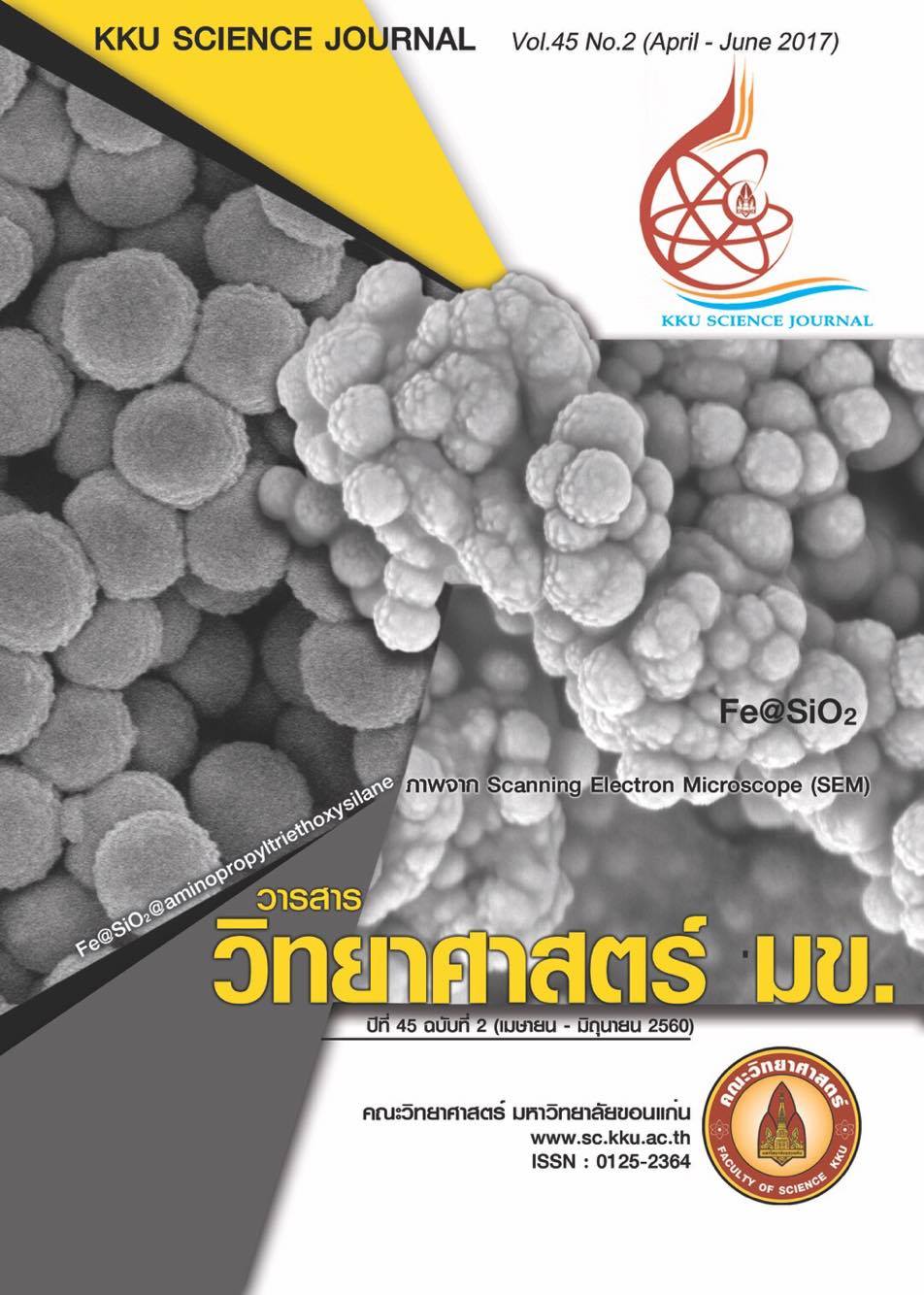Actuator based on Conducting Polymers
Main Article Content
Abstract
Researchers seek to develop machines that mimic systems that are wildly seen in nature. In the case of developing “muscle like” actuators, there is a significant lack of actuator technologies that behave as real muscle. However, conducting polymers such as polypyrole and polyaniline are studied as a novel biologically inspired actuator. The actuation mechanism of these materials depends upon the motion of ions in and out of the bulk polymer film during electromechanical cycling. The diffusion of ions into the film causes the dynamic mechanical and electrical properties of materials change during oxidation and reduction reaction. The physical properties of the polymer such as electrical conductivity, modulus and porosity have significant influence on the overall strain and strain rate that can be achieved. In addition, the chemical environment such as the ion type, concentration and electrolyte can influence the strains and lifetime of the actuator.
Article Details

This work is licensed under a Creative Commons Attribution-NonCommercial-NoDerivatives 4.0 International License.


